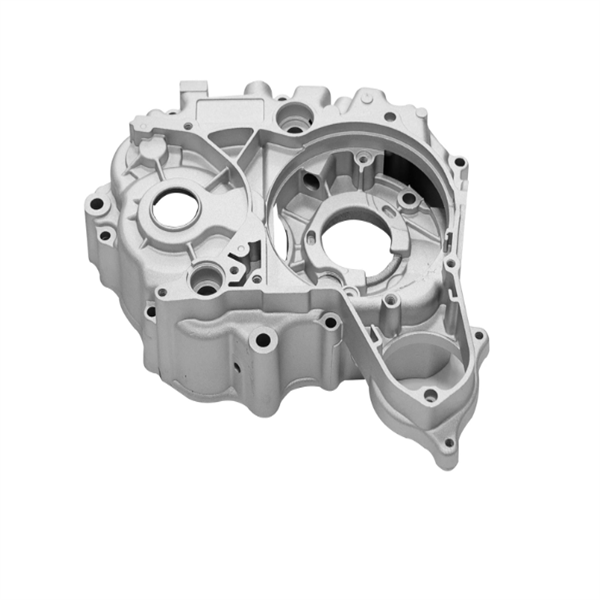The entry of raw material medicines into the platform period began quietly
Our data on China's raw material imports and exports for 10 consecutive years shows that the import of raw material and pharmaceutical products has maintained a slight and stable growth. After the export volume has grown by about 20% for 3 to 4 years, it will enter the platform period in 2009, and the product price Relatively stable, there are few ups and downs. This shows that the value orientation of China's raw material and pharmaceutical exports needs to be changed, and the signal of upgrading the variety structure has already been issued. During the 64th China International Pharmaceutical API, Intermediates, Packaging and Equipment Trade Fair held in May, Wu Huifang, general manager and chief researcher of Health Net, said, “This is the international market. Supply and demand are relatively stable, and both sides of the transaction have increased the awareness of economic risk. "She believes that this year's API market will remain stable.
Structural adjustment began quietly
According to health network analysis, since last year, vaccines, amino acids, and insulins have been the main varieties in China's imports. There has been no significant change in the structure of such varieties in recent years. However, according to Wu Huifang, the current joint venture has gradually shifted from imported preparations to imported raw material medicines and intermediates, and further processed preparations in China. This shows that some imported drugs are now being produced locally.
According to the industry analysis report provided by the China Chemical Pharmaceutical Industry Association, among the top 20 companies in the 22 top hospitals in China in 2009, foreign-funded enterprises accounted for more than 80% of the top 20 companies. The sales volume of imported drugs reached 12.34 billion yuan, a year-on-year increase of 24.6%, an increase of 2 percentage points over the previous year. Shen Xianji, deputy chairman of the Expert Committee of the China Chemical Pharmaceutical Industry Association, said that since many multinational corporations have wholly owned or joint venture companies in China and many imported varieties have already achieved localized production, the variety of imported drugs has changed greatly in recent years: 2009 There were 144 new varieties of imported drugs, and 62 varieties that were no longer imported. Of the 736 imported varieties, about 70% of the varieties of hospitals had increased drug purchases year-on-year, of which 40% had increased by more than 50%.
In the export commodities, biochemical raw materials extracted from antibiotics, vitamins, amino acids, organic acids and animal organs are the main constituent species of exports. Although the situation of low value-added bulk products has not changed, it is important. It has changed: In the past three years, the export value of organic acids has been ranked first, but since last year, its export share has declined, and the proportion of biochemical products has increased. In fact, the position of export-oriented antibiotics and vitamins is mainly related to the national export tax rebate incentive mechanism. At present, the tax refund for antibiotic exports with the customs number of 29419090 is still 7%, while the vitamin is 15%.
The change that merits attention is that of the single species of typical pharmaceutical raw materials and intermediates that can be quantified and counted, there are 11 varieties with an export value of more than US$100 million. Among them, the export volume of penicillin industrial salt has dropped significantly in 2009, and the export amount has been withdrawn. "Over 100 million U.S. dollars." And the following may enter this "corps" species are amoxicillin, ceftriaxone, lysine and so on. The growth drivers of these varieties do not come from rising prices, but rather from quantitative growth, reflecting the trend of the bulk drug industry to develop downstream and adjust its structure. Although citric acid and 6-APA are still in the "over $100 million U.S. legislature," they also showed a trend of rising or falling prices. The export value has dropped 6.95% and 9.64% year-on-year respectively.
India's anti-dumping measures have also promoted the structural adjustment of China's bulk drug industry to some extent. At the beginning of this year, India imposed preliminary anti-dumping measures on China's penicillin industrial salt and 6-APA, although due to the opposition of its downstream formulation companies, the Indian authorities issued a document denying the preliminary results, but this incident has promoted the downstream products of Chinese related enterprises. The extension.
Bulk pharmaceuticals have limited domestic demand
Due to the global financial crisis, the increasing influence of anti-dumping lawsuits against China's bulk drugs, and the expected expansion of the domestic medical market after the new medical reform, many export-oriented API manufacturers have begun to pay attention to the domestic market.
Sometimes you need a spare part for your equipment, and with thousands of spare parts, we have got you covered. Our extensive global service network not only means prompt delivery, but also an after sales network you can rely on. Ruican is a professional Auto Parts manufacturer, all the parts including Engine Spare Parts, Wheel Hub , break system accessories, and Trailer Hook etc.

Brake System Accessories,Brake System Parts,Automotive Performance Brake System Parts,Auto Brake System Parts,Car Brake System Accessories
NINGBO CITY YINZHOU RUICAN MACHINERY CO.,LTD , https://www.ruican-machining.com